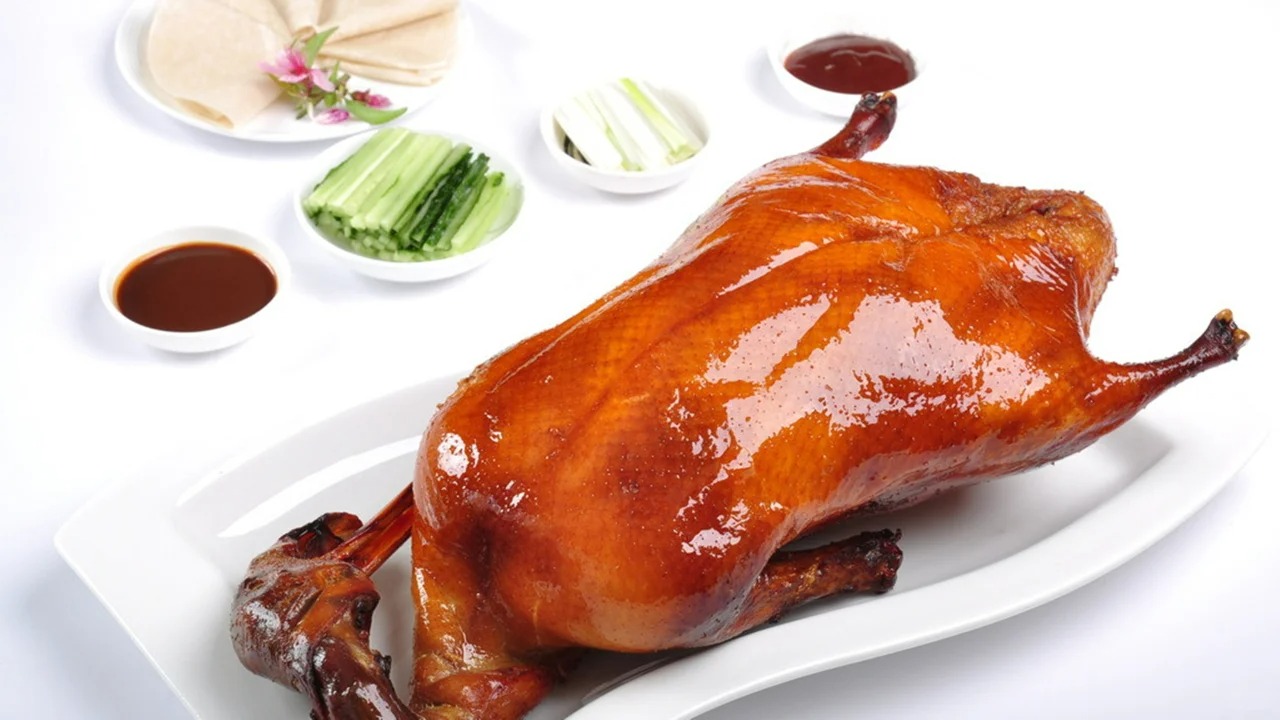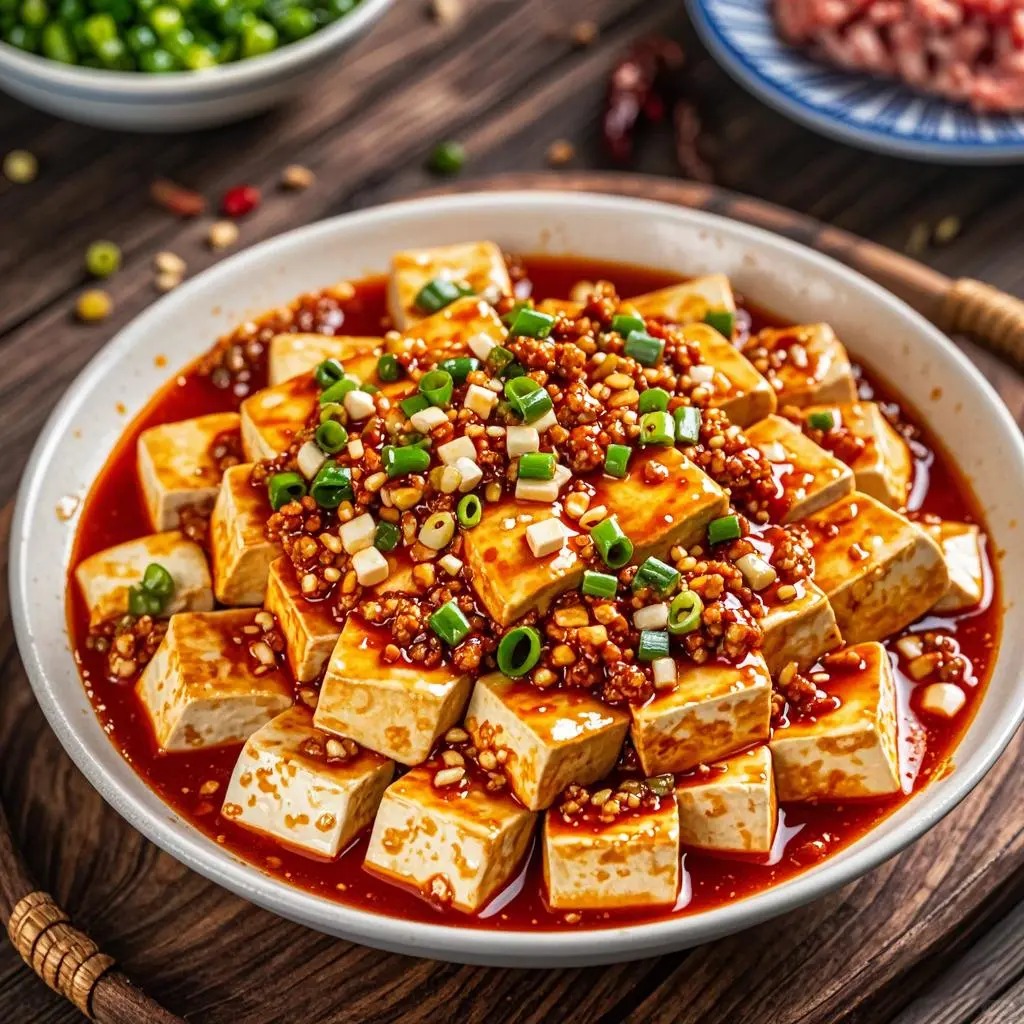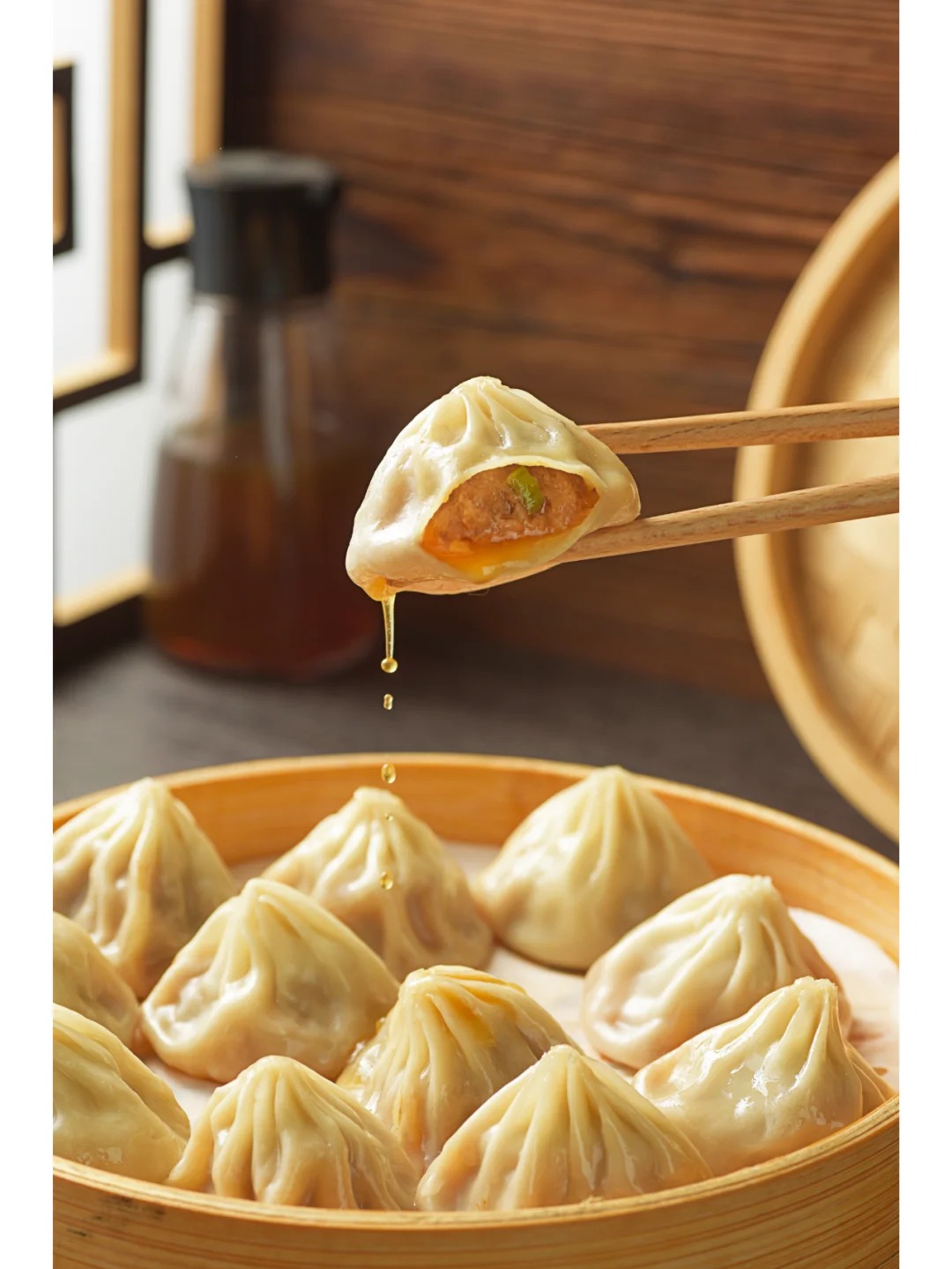Introduction to Chinese Cuisine
Chinese cuisine is a tapestry of flavors, textures, and aromas that reflect the country’s vast geography and rich history. With over 5,000 years of culinary tradition, Chinese food is not just sustenance but an integral part of the culture, deeply intertwined with philosophy, medicine, and social customs.
At the heart of Chinese cooking lies the concept of balance and harmony. This principle, rooted in Taoist philosophy, emphasizes the importance of yin and yang in food preparation. Dishes are carefully crafted to balance flavors, textures, and nutritional elements, creating a holistic dining experience that nourishes both body and soul.
From the fiery spices of Sichuan to the delicate seafood of Guangdong, Chinese cuisine offers a world of diversity that continues to captivate food lovers globally.

Regional Culinary Styles
China’s culinary landscape is often divided into Eight Great Traditions, each with its distinct flavors and cooking methods:
- Cantonese (Guangdong)
- Sichuan
- Shandong
- Jiangsu
- Zhejiang
- Fujian
- Hunan
- Anhui
Each region’s cuisine is shaped by its climate, geography, and local ingredients. For instance, Sichuan cuisine is known for its bold use of spices and peppercorns, while Cantonese cuisine emphasizes fresh ingredients and light cooking methods.
| Region | Key Characteristics | Signature Dishes |
|---|---|---|
| Cantonese | Light, fresh, subtle | Dim sum, steamed fish |
| Sichuan | Spicy, bold, numbing | Mapo tofu, Kung Pao chicken |
| Hunan | Spicy, sour, smoky | Dong’an chicken, fish head with chopped chili |
Essential Chinese Dishes
No exploration of Chinese cuisine is complete without tasting these iconic dishes:
- Peking Duck: A Beijing specialty of crispy-skinned roast duck
- Dumplings (Jiaozi): Versatile pockets of flavor found across China
- Mapo Tofu: Spicy Sichuan dish of tofu in a flavorful sauce
- Xiaolongbao: Delicate soup dumplings from Shanghai
Street food plays a crucial role in Chinese culinary culture. Must-try snacks include:
- Jianbing (savory crepes)
- Stinky tofu
- Tanghulu (candied fruit skewers)
During festivals, special dishes take center stage. For example, during Chinese New Year, dumplings symbolize wealth, while moon cakes are essential for the Mid-Autumn Festival.

Cooking Techniques and Ingredients
Chinese cooking employs a variety of techniques, each bringing out unique flavors and textures:
- Stir-frying: Quick cooking over high heat
- Steaming: Gentle cooking that preserves nutrients
- Braising: Slow cooking in flavorful liquids
Essential ingredients in a Chinese pantry include:
- Soy sauce
- Rice vinegar
- Sesame oil
- Five-spice powder
- Shaoxing wine
Seasonality is paramount in Chinese cooking, with dishes and ingredients changing to reflect the time of year, ensuring freshness and alignment with traditional health principles.

Dining Etiquette and Customs
Chinese dining is a communal affair, with dishes shared among all diners. Key etiquette points include:
- Using chopsticks correctly (never stick them upright in rice)
- Serving others before yourself
- Tapping the table with two fingers to silently thank someone for pouring tea
Tea culture is an integral part of Chinese dining, with different teas served to complement various dishes and aid digestion.
Health and Nutrition in Chinese Cuisine
Traditional Chinese medicine heavily influences dietary practices. Foods are categorized based on their perceived effects on the body:
- Warming foods (e.g., ginger, lamb)
- Cooling foods (e.g., watermelon, green tea)
The goal is to achieve balance and promote overall health through diet. Many ingredients are chosen not just for flavor but for their medicinal properties as well.

Experiencing Chinese Cuisine as a Traveler
To fully appreciate Chinese cuisine while traveling:
- Seek out local recommendations for authentic eateries
- Explore bustling food streets like Wangfujing in Beijing or Tianzifang in Shanghai
- Participate in food tours or cooking classes to deepen your understanding
Don’t be afraid to step out of your comfort zone. Try unfamiliar dishes and ingredients – you might discover a new favorite!
When dining out, look for restaurants filled with locals, as these often offer the most authentic experiences. Be adventurous with street food, but ensure the vendor follows good hygiene practices.
In conclusion, Chinese cuisine is a window into the country’s rich cultural heritage. Its diversity, balance of flavors, and emphasis on harmony make it a culinary adventure like no other. Whether you’re savoring delicate dim sum in Guangzhou or spicy hotpot in Chongqing, each meal is an opportunity to experience China’s history, philosophy, and warm hospitality through its food.





